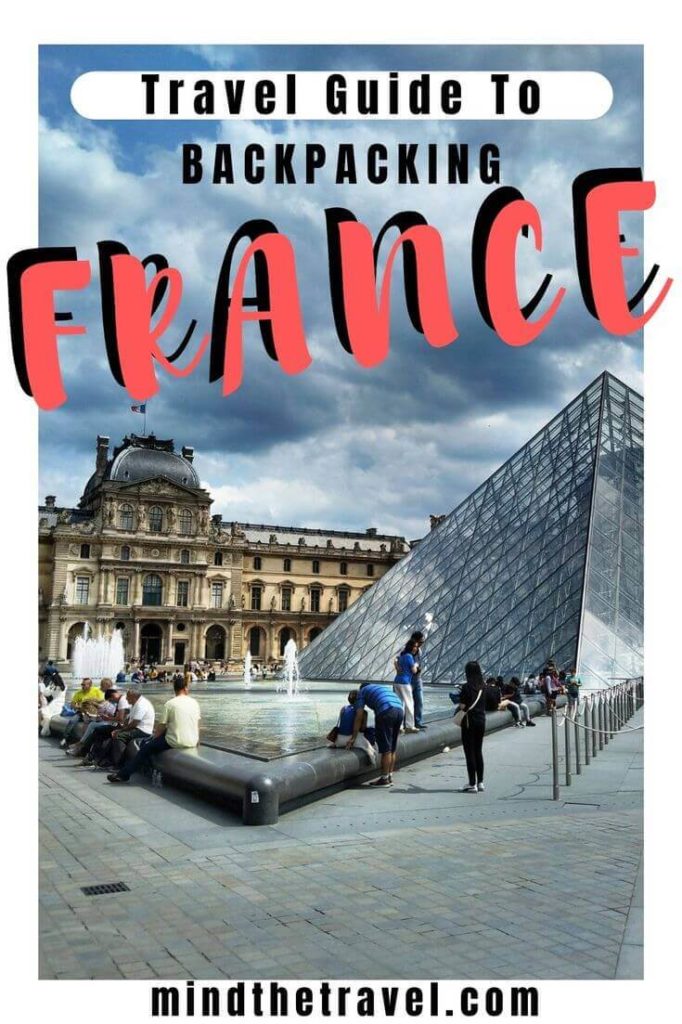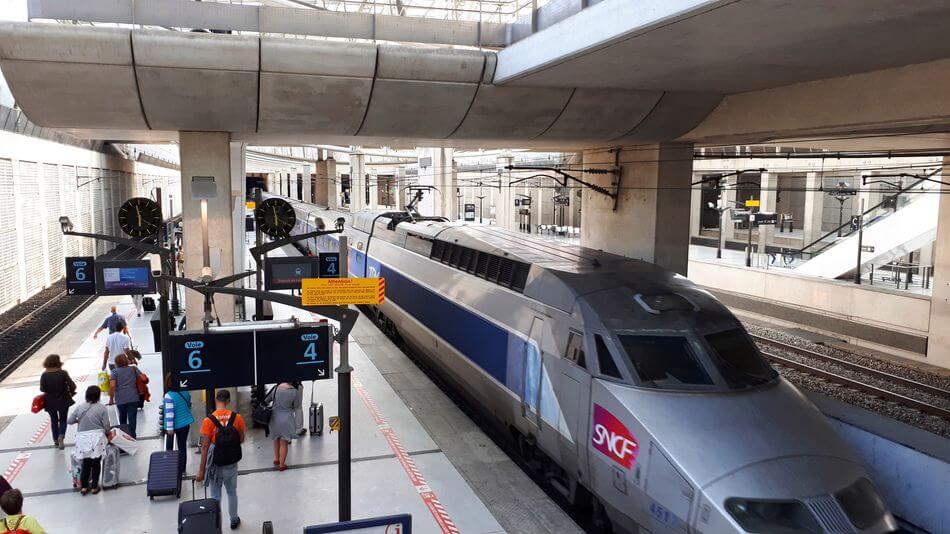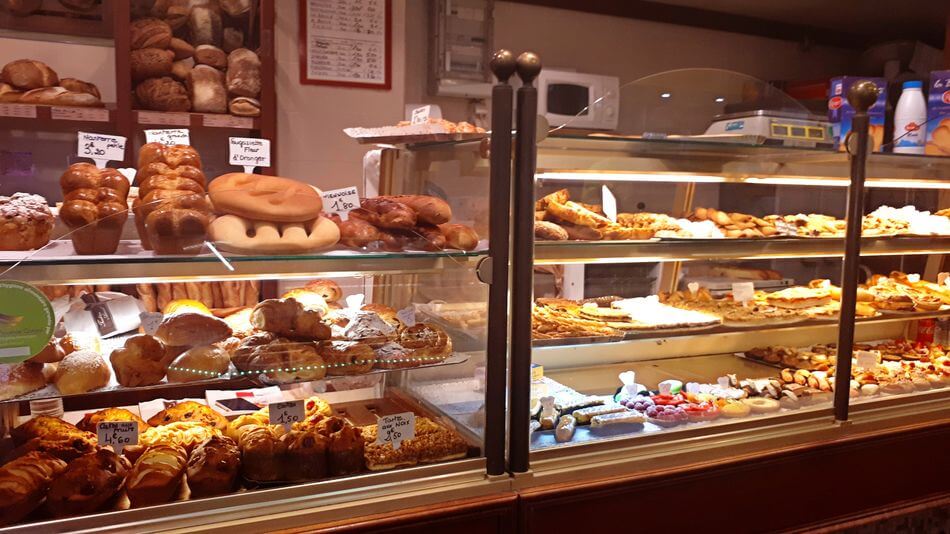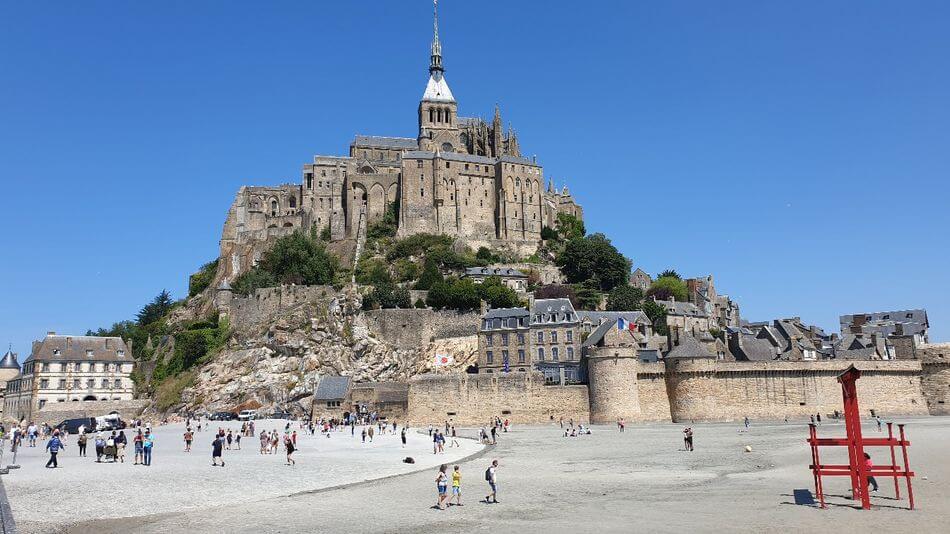Backpacking France Two-Week Itinerary: Where to Travel in France
Backpacking Paris – 3 Days
There’s little I say about Paris that hasn’t already been said. While this France two-week itinerary starts in Paris, I suggest spending here 3 days – more than enough to explore the city’s highlights by foot.
Catch some zzz’s on the plane and aim to arrive early in the morning to the City of Lights so you can take on your first day. Take a stroll along the River Seine and spend the afternoon checking out the Louvre, home to Da Vinci’s iconic painting of the Mona Lisa.
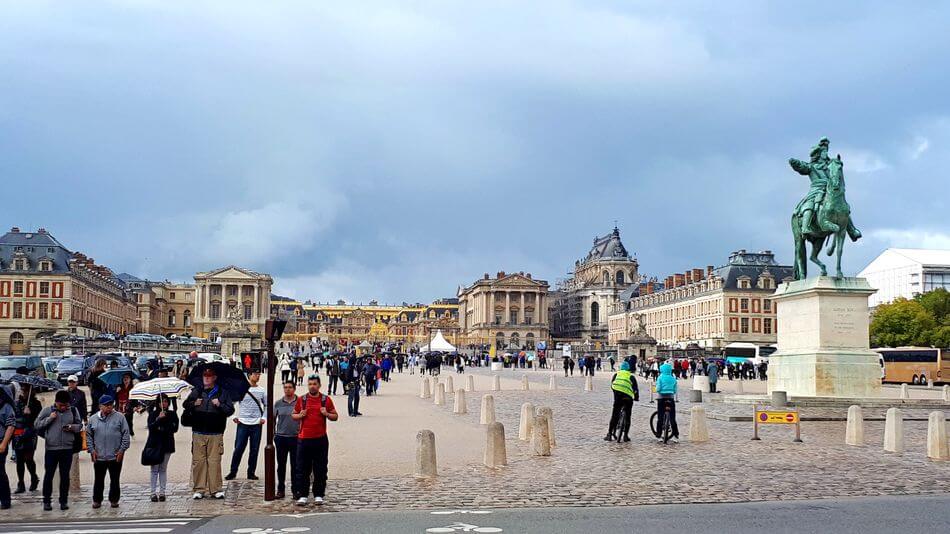
Walk through the Jardin des Tuileries and don’t miss out on the opportunity to walk around soaking up the atmosphere near the Eiffel Tower, Cathedral de Nôtre Dame, Basilica de Sacre Coeur, and Pont des Arts bridge. Then head to Rennes, the next stop on this two-week solo backpacking trip through France!
Backpacking Rennes – 2 Days
While the capital city of Brittany doesn’t have much to offer to tourists, Rennes is the cheapest place to base yourself in while you spend a day in Mont Saint Michel. Consider taking the first train from Rennes train station at 9:40 AM and take the last one at 6:20 PM back to Rennes. The trip will take around 1 hour and 10 minutes each so you will have plenty of time to see Mont Saint Michel.
Aside from the day trip to Mont Saint Michel, Rennes has a bustling student community and plenty of institutions and facilities catering to their needs. If you can dedicate a little more time, check the imposing 18th-century mansions, the Musée des Beaux-arts, and the medieval half-timbered houses. Rennes is a lovely walkable town and some of the best hidden gems in France.
Backpacking Bordeaux – 2 Days
Get on a bus to Bordeaux to continue onto your next destination. The wine capital of France has plenty to offer to wine enthusiasts. But what if you’re a beer lover like me? Don’t get upset – Bordeaux’s historical part has something which travelers to France marvel at to this day.
Start your day in Bordeaux by strolling along the quays until you reach the Porte Cailhau. A fairytale-looking defensive gate to Bordeaux not far from the Garonne river looks very impressive! Have a look at the Grosse Cloche, the Saint-André Cathedral, and climb the Pey-Berland tower with wonderful panoramic views across the city.
Then head for the pedestrian area that connects the Grand Théâtre to the city’s docks. Spend the afternoon admiring the beauty of the reflecting pool at the Place de la Bourse. At sunset when the square and the buildings around it started to light up, the reflection pool makes quite an imposing sight to behold.
Backpacking Avignon – 3 Days
Avignon is a historic city in South-eastern France that was once a part of the Papal State and a place where the Popes fled to after leaving Rome in the 14th century. Start your first day in Avignon by exploring the area around the incredible Palais des Papes that is a UNESCO Site and feel that you’ve stepped back in time to the Middle Ages.
No trip to Avignon is complete without paying a visit to Arles. It takes less than an hour to get there by bus from Avignon and the town is a perfect place to indulge yourself in the medieval and Roman history. Wander through the Old Town, stand in awe in front of the Amphithéâtre d’Arles and crisscross the photo-worthy narrow streets of Arles.
Backpacking Chamonix – 3 Days
Chamonix is a charming mountain town at the junction of Switzerland, Italy, and France, and obviously an all-round destination. With numerous restaurants and cafés, old-world streets and squares all in a spectacular setting, Chamonix is the adventure capital of France and arguably an outdoor paradise in France. The town is the official mountaineering center, so if you’re here for an epic hiking experience, you have come to the right place.
In Chamonix, everything revolves around adventure activities in the mountains. Use the town as a base to hike the Grand Balcon Sud trail and Lav Blanc trail to enjoy virtually unspoiled nature. The view you get from these two trails is one of the best you can get for a day hike in Chamonix. Lac Blanc trail will take you through one of the most stunning viewpoints of the French Alps. If you have only 72 hours in Chamonix, there is an endless amount of single and multi-day hikes to choose from. The choice is yours.
Backpacking Lyon – 2 Days
With only two days in Lyon, you can admire the greatness of Lyon’s past and compare it with its present-day cultural dynamism and diversity. France’s third-largest city is known for its historical architecture, vibrant gastronomic and art scene.
Spend your first day in Lyon exploring the original medieval city (Vieux Lyon) at the foot of the Fourvière hill. Climb up the Fourvière hill and visit the Basilica of Notre-Dame de Fourvièr.
The entire neighborhood was formerly the hub of Lyon and the focus of its silk-working industry. It was a lively spot where you can find more than 300 magnificent townhouses, which used to belong to individuals from higher social classes. Also, don’t miss out on exploring the Traboules, the Ancient Theatre, a remnant of the Roman times on the Fourvière hill behind the basilica.
On your second day, you can hit the area between the Rhône and the Saône, known as Presqu’ile. It’s the modern face of Lyon with Place Bellecour at its heart. Presqu’ile is home to numerous shops, department stores, cinemas, restaurants, cafés, eateries, all set against a backdrop of 19th-century architecture.




